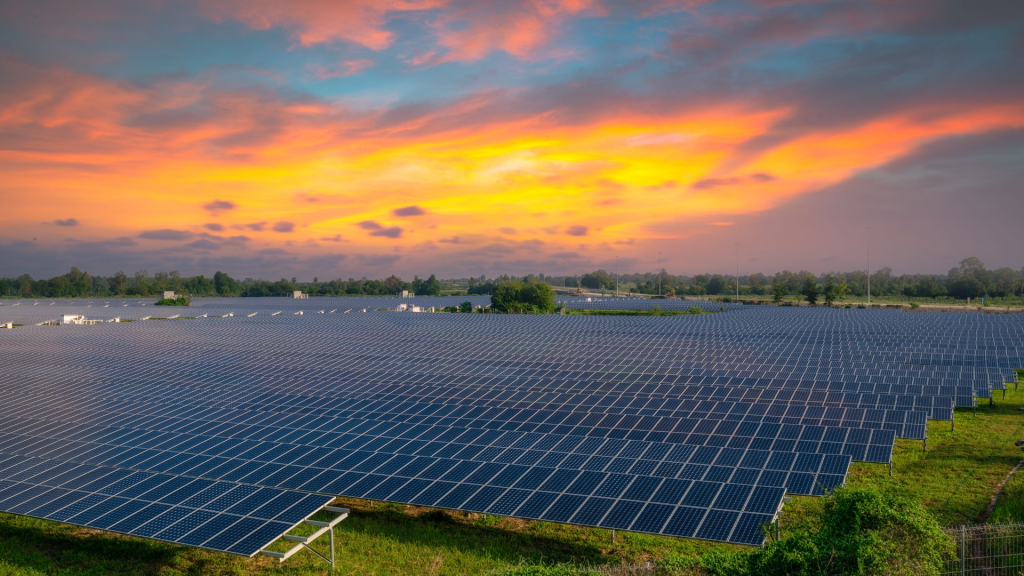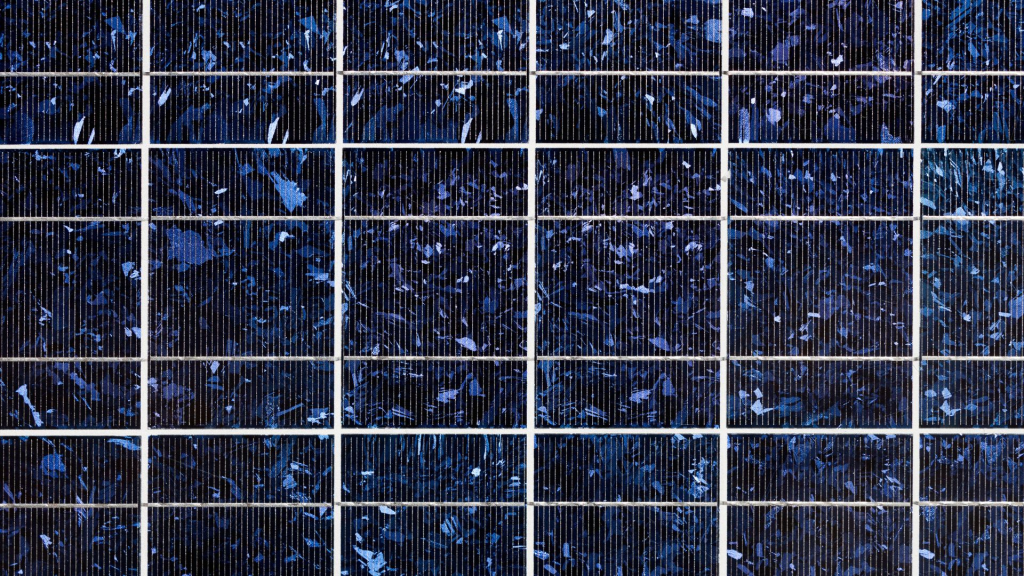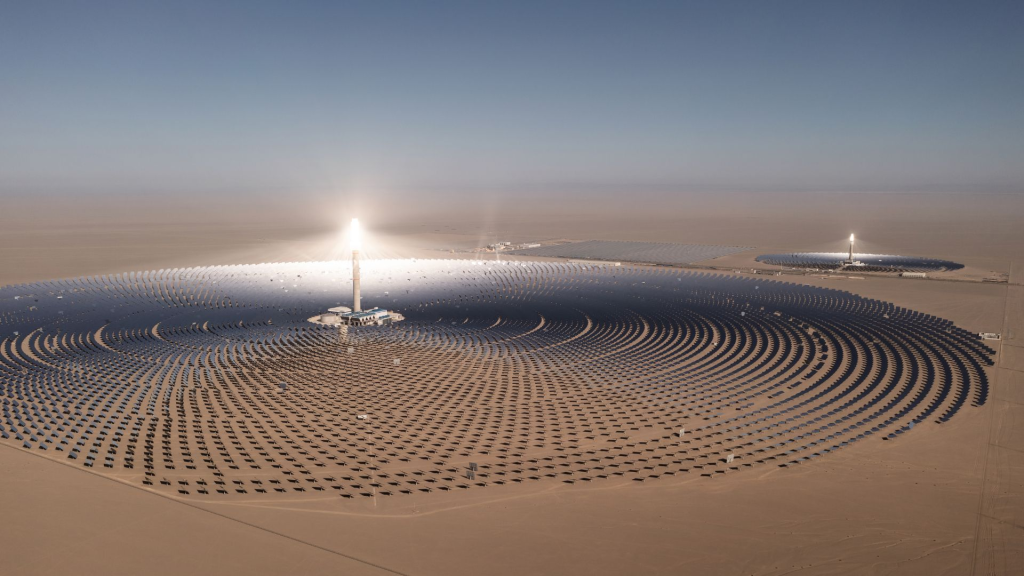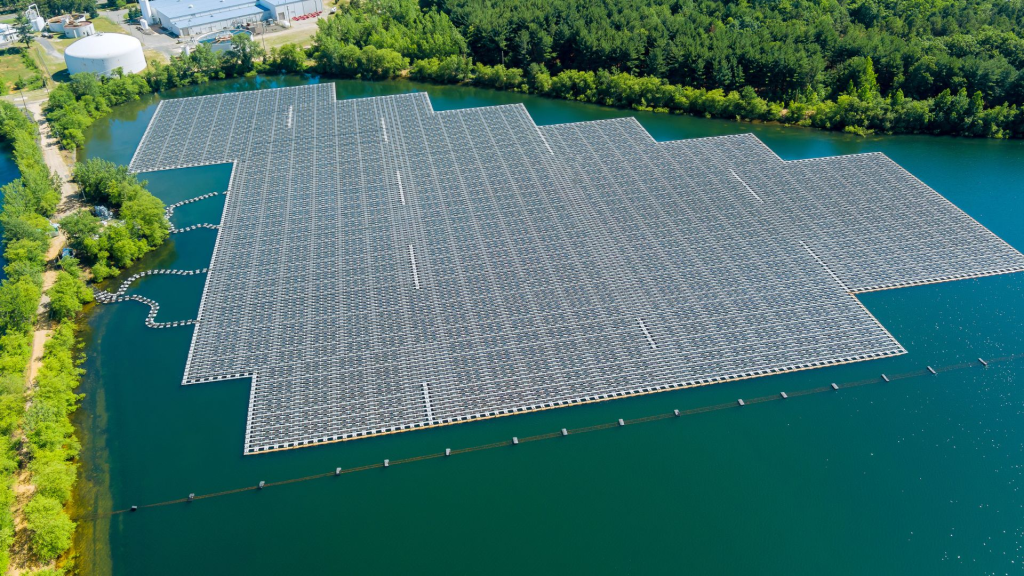19 Fun Facts About Solar Energy
Harnessing the power of the sun has revolutionized the way we generate energy. Solar energy, apart from being a clean and renewable source, holds captivating secrets and offers remarkable potential. In this blog post, we will unveil 19 fun facts about solar energy that will leave you in awe.
Continuing with our series 5 Articles About Solar Power in South East Asia this is number three with 19 fun facts about Solar Energy.
From mind-boggling statistics to impressive feats, get ready to be amazed by the wonders of solar power!
1. One Hour of Sunlight on Earth Can Power the World for a Year

Just one hour of sunlight on Earth possesses the capability to energize the entire world for an entire year. This mind-boggling fact highlights the sheer abundance and potential of solar energy as a sustainable source of power. A mere fraction of the sun’s energy can provide us with an unimaginable amount of electricity, revolutionizing our approach to energy consumption.
2. The Power Efficiency of Solar Cells Has Surged From 6% to Over 20%

Solar technology has come a long way in terms of efficiency. Once limited to a mere 6% conversion rate, modern solar cells have made remarkable progress, boasting an impressive power efficiency of over 20%.
This tremendous leap showcases the advancements in solar technology, making it more feasible and effective than ever before. With higher efficiency, solar cells can harness a greater amount of sunlight, leading to increased energy production and a brighter future for renewable energy.
3. World’s Largest Solar Plant is in India
India takes the crown for hosting the world’s largest solar power plant. Situated in the arid Thar Desert of Rajasthan, the Bhadla Solar Park stands as a remarkable feat of renewable energy infrastructure in South Asia. Spanning across an expansive area of 56 square kilometres, this solar power plant boasts an awe-inspiring total installed capacity of 2,245 megawatts (MW).

As of 2023, it holds the coveted title of being the largest solar park worldwide. While there are many solar power plants around the globe, Bhadla Solar Park is a shining example of India’s commitment to sustainable energy solutions.
4. Solar Panels Can Defy Clouds

Cloudy days may seem like a hindrance to solar energy production, but modern solar panels have a surprising ability to utilize sunlight even in overcast conditions. While direct sunlight is optimal for maximum electricity generation, advancements in solar technology have made it possible for most solar panels to capture diffused light and convert it into usable electricity.
This means that solar panels can still produce power, albeit at a slightly reduced rate, even when the skies are cloudy. It’s an impressive feat that showcases the resilience and adaptability of solar energy systems.
5. Solar Power is Endless
One of the most remarkable aspects of solar energy is that it is virtually endless, projected to last for another 5 billion years, which matches the estimated lifespan of the sun. Unlike fossil fuels, which are finite and depletable resources, sunlight is a renewable and the most abundant energy source.

The sun continuously radiates an enormous amount of energy, estimated to be enough to meet global electricity demands for thousands of years.
By channelling this incredible resource through solar panels, we can tap into a near-inexhaustible source of clean and sustainable energy. With the sun’s rays always shining down on us, solar power offers a promising solution for a brighter and greener future.
6. International Space Station (ISS) Relies on Solar Energy
The International Space Station (ISS), a marvel of human engineering and scientific exploration, relies heavily on solar energy to power its operations. The ISS is equipped with an extensive array of solar panels that capture sunlight in space and convert it into electricity. These panels are designed to maximize efficiency by tracking the sun’s movement and adjusting their positions accordingly.

Solar power is the ideal choice for the ISS due to the lack of traditional power sources in space. Consequently, the ISS generates sufficient power to support its scientific experiments, communication systems, life support systems, and other essential functions.
7. China Can Generate 35.8% of the Entire World Solar Capacity
China is a global leader in solar energy generation, accounting for an impressive 35.8% of the entire world’s solar capacity. With its commitment to renewable energy, China has rapidly expanded its solar infrastructure, investing in massive solar farms and rooftop installations.

This substantial contribution positions China as a key player in the global transition towards clean and sustainable energy sources, showcasing the country’s dedication to combating climate change and reducing reliance on fossil fuels.
8. Solar Power is an Emission Eraser
Solar power is a clean and sustainable energy source that produces no harmful emissions. Unlike fossil fuels, solar energy generates electricity without releasing carbon dioxide or other pollutants into the atmosphere.
By capturing the power of the sun, we can reduce greenhouse gas emissions and combat climate change, creating a greener future for generations to come.
9. Sunlight Reaches Earth’s Surface in 8 Minutes
Did you know that sunlight takes just around 8 minutes to reach the surface of the Earth from the Sun? Travelling at a mind-boggling speed of approximately 186,282 miles per second, light makes its journey through space to provide us with the essential energy we need.

This phenomenon highlights the incredible efficiency and speed at which solar radiation and solar flares travel, making it a reliable and readily available resource to generate electricity.
10. Solar Panels’ Cost Dropped Over 80%
In recent years, the cost of solar panels has experienced a remarkable reduction of over 80%. This significant drop in price has made solar power more accessible and affordable for individuals, businesses, and communities worldwide.
Advancements in technology, economies of scale, and increased demand have contributed to this rapid decline in solar panel costs. This huge reduction in costs has had a positive impact on the global solar energy industry. More and more people are turning to solar power as a viable and cost-effective solution for their electricity needs.
11. Sahara Dessert Can Power the World for a Year With Just 6 Hours of Solar

The vast expanse of the Sahara Desert holds enormous potential for solar energy generation. If we were to grasp just six hours of sunlight in this desert, it could provide enough power to meet the global energy demand for an entire year. With its abundant sunlight and large open spaces, the Sahara has the capacity to revolutionize the world’s energy landscape and drive us toward a cleaner, more sustainable future.
Number 12 in our 19 Fun Facts about Solar Energy
Solar Energy Industries Association (SEIA) is Behind America’s Solar Revolution
The Solar Energy Industries Association (SEIA) has played a pivotal role in driving America’s solar revolution. As the national trade association for the U.S. solar energy industry, SEIA has been instrumental in shaping policies and advocating for the growth of solar power across the country.
Through their efforts, SEIA has helped to create jobs, reduce carbon emissions, and make solar energy more accessible and affordable for Americans, contributing to the remarkable growth of the solar industry.
13. Floating Farms Are a New Trend
Innovative and sustainable, floating farms have emerged as a new trend in the world of renewable energy. These floating structures, equipped with solar panels, harness the power of the sun to generate electricity while also providing space for agriculture.

By combining solar energy and farming, these floating farms maximize land use efficiency and reduce water usage. This exciting development showcases the potential for integrating different sectors to create efficient and eco-friendly solutions for the future.
14. China Has Grown Plants on the Moon Using Sunlight
In an incredible feat, China has successfully grown plants on the moon using sunlight as a source of energy. The Chang’e 4 mission, launched in 2018, carried seeds and silkworm eggs to the moon’s surface.
With the help of sunlight and a self-sustaining biosphere, cotton seeds sprouted and grew on the lunar lander. This groundbreaking achievement opens up possibilities for sustainable agriculture in space exploration and demonstrates the potential of solar energy even in the most challenging environments.
15. Solar-Powered Airplanes Exist
Solar-powered aeroplanes have become a reality, showcasing the immense potential of solar energy in aviation. Famous examples include Solar Impulse, a solar-powered aircraft that completed a historic flight around the world.
These innovative planes use solar panels to capture sunlight and convert it into electrical energy, powering their engines and propellers. By exploiting the power of the sun, solar-powered aeroplanes offer a glimpse into a future of sustainable and environmentally friendly air travel.
16. Solar Can Be Integrated into Your Building Structure
Number 16 in our 19 Fun Facts about Solar Energy is that is can be seamlessly integrated into building structures, offering a visually appealing and efficient way to generate electricity. Building-integrated photovoltaics (BIPV) allow solar panels to be incorporated directly into roofs, walls, and windows, blending into the overall design. This integration not only saves space but also reduces installation costs.
With BIPV, buildings can exploit solar power while maintaining their aesthetic appeal, making sustainable energy a stylish and practical choice for modern architecture.
17. Solar Energy Can Convert Seawater Into Freshwater
Solar energy can play a crucial role in addressing the global water scarcity issue by converting seawater into freshwater. Solar desalination systems utilize the power of the sun to heat seawater, creating vapour that is then condensed into freshwater. This sustainable solution provides access to clean drinking water in areas where freshwater sources are limited.

By leveraging the abundant energy of the sun, solar desalination offers a promising approach to ensure a sustainable and secure water supply.
18. NASA Utilizes Solar Power
NASA, the renowned space agency, relies on solar power to fuel many of its missions. Solar panels are crucial components of spacecraft, providing the necessary electrical energy for communication, navigation, and scientific instruments in the harsh conditions of space.

By utilizing the sun’s energy, NASA ensures a reliable and sustainable power source for its space exploration endeavours. The utilization of solar power enables prolonged missions and enhances our understanding of the universe beyond Earth.
19. Solar Power equals Energy Independence
Solar power offers the potential for energy independence. By harnessing the sun’s abundant energy, individuals, communities, and even entire countries can reduce their reliance on traditional energy sources. Solar panels enable the generation of clean and renewable electricity right at the point of use, reducing dependence on fossil fuels and the associated costs and environmental impacts.
Embracing solar power not only brings energy independence but also contributes to a sustainable and greener future for all.
Please take the time to read the other articles in this series, The Future of Solar Energy 10 Things to Know and also perhaps of interest Doppler Radar and all there is to Know.
Conclusion: Fun Facts About Solar Energy
In a world hungry for sustainable solutions, solar energy shines as a beacon of hope. With its abundant and renewable nature, solar power has the potential to revolutionize our energy landscape. From powering homes and vehicles to fueling space missions, solar energy is paving the way for a brighter and cleaner future. Embracing solar technology not only reduces our carbon footprint but also brings us closer to energy independence. Let’s channel the power of the sun and embrace the limitless possibilities of solar energy. The future is bright, powered by the unstoppable force of the sun.




